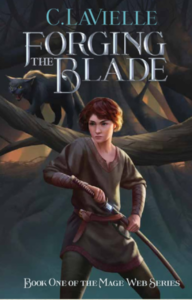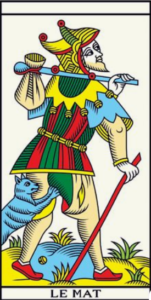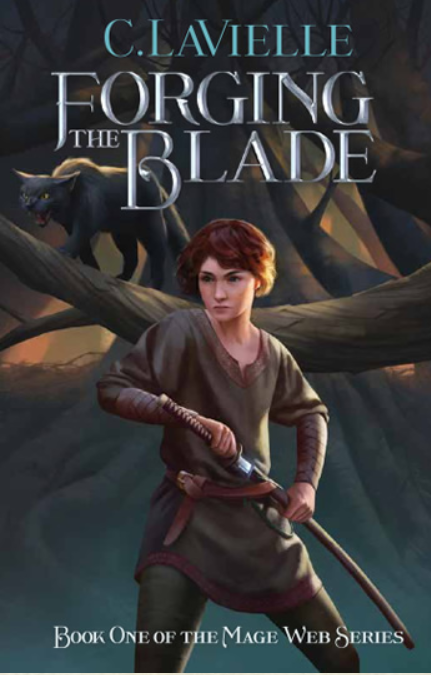I have always thought that the first edition of a book is special, the one to own if you’re going to buy the book. Maybe I somehow convinced myself of this because first editions are often quite expensive, due to the fact that they are no longer in print.
 However, I never bothered to follow this logic one step further. Usually, the first edition is no longer in print because the author/publisher has created a second edition and taken the first edition off the market. I know from first-hand experience that creating a second edition is a pain, and no one in their right mind would do this unless they firmly believed that there were major flaws in the first edition.
However, I never bothered to follow this logic one step further. Usually, the first edition is no longer in print because the author/publisher has created a second edition and taken the first edition off the market. I know from first-hand experience that creating a second edition is a pain, and no one in their right mind would do this unless they firmly believed that there were major flaws in the first edition.
And there was a major flaw in the first edition of Forging the Blade, not to mention a few niggling errors that we didn’t catch first time around.
I have been told from the time I began studying tarot that the major arcana, when considered in order, tell the story of an individual’s spiritual development. As a writer, the concept fascinated me, and since I’d never seen it done before, I decided to write Forging the Blade, my version of the story of the major arcana.
The book begins with Molly Adair, a sixteen-year-old with cut scars tracking up her arm, learning of her parent’s death, moving to Portland, Oregon to live her mysterious grandmother, and being transported to an alternate reality by a crazed young man with a magic cell phone. As she struggles to find her way back to Portland, she experiences the lessons of each major arcana card, beginning with Chapter 0, The Fool, and ending with Chapter 21, The World.
At the time the book was published, I was convinced that it would be best not to put the name of the tarot card at the head of each chapter, and to let the reader figure it out.
Bad idea.
The more I write, the more convinced I become that if a concept is important, I need to jump up and down and point at it, and make it as crystal clear as possible; otherwise the reader will either miss it entirely, or come to their own conclusions—which will probably not agree with mine. In the case of Forging the Blade, the main criticism of the book was that readers had trouble figuring out which chapter went with which card. In fact, many readers couldn’t even see that it was a book about the tarot.
The second edition has the names of the major arcana cards at the head of their chapters, and it’s beautiful.
Much better than the first edition.



2 thoughts on “Forging the Blade, Second Edition”
I definitely want at least one of your books
Because you were one of my readers for Hell’s Gate, I will give you that book. But I think you’d really like the other ones too. Especially Forging the Blade.